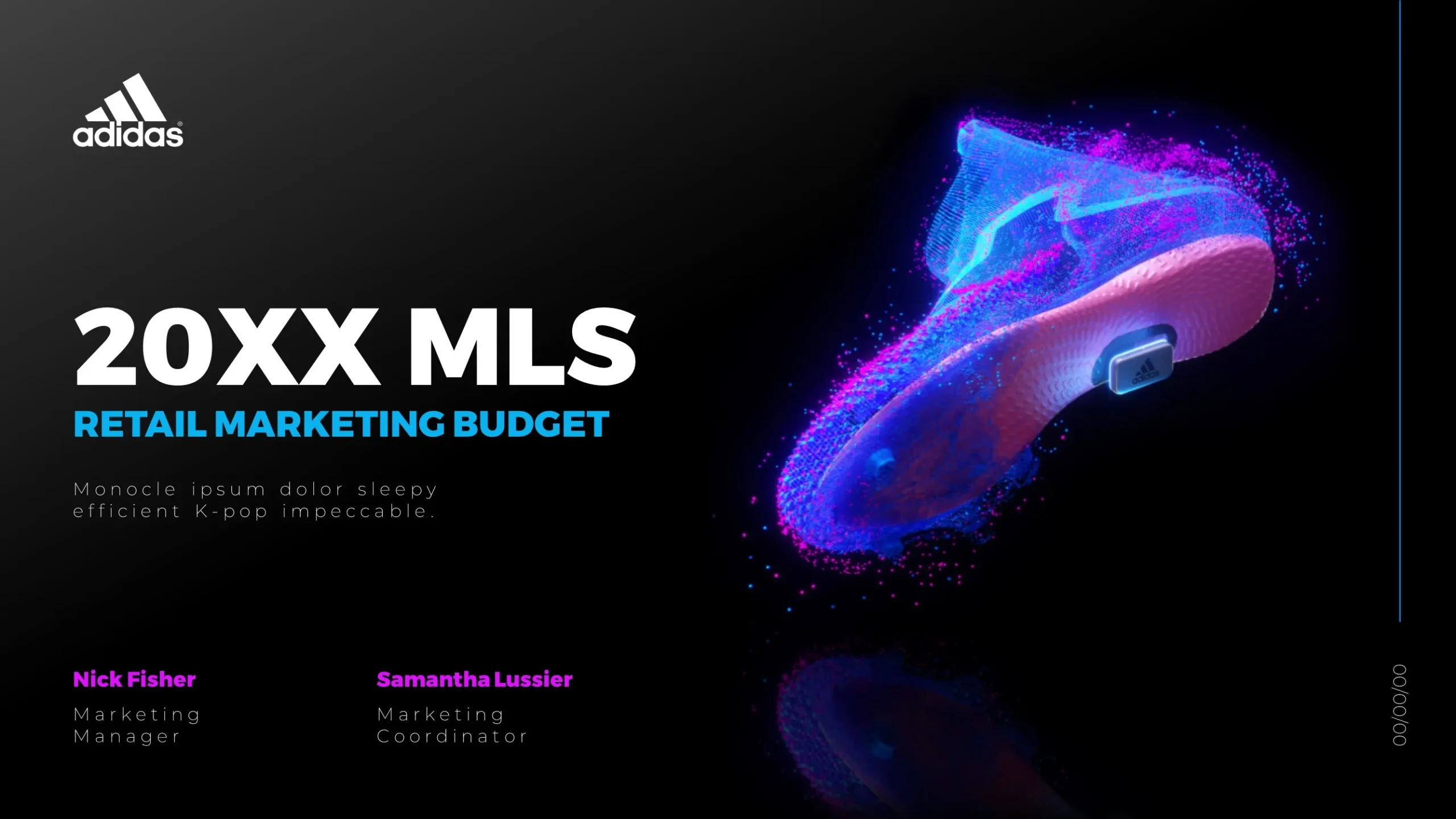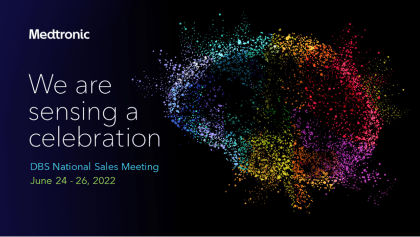Infographic design plays a pivotal role in enhancing understanding, particularly when dealing with the intricacies of complex medical case studies. By distilling vast amounts of information into visually appealing and easily digestible formats, infographics can transform dense medical data into clear narratives that are accessible to various audiences, including healthcare professionals and patients alike.
Firstly, effective infographic design utilizes visual hierarchy to prioritize key information. This approach allows viewers to quickly grasp essential details without getting overwhelmed by extraneous data. For instance, color coding different sections or using distinct icons can help differentiate between symptoms, treatments, and outcomes in a case study.
Secondly, infographics leverage graphs and charts to represent statistics visually. This is especially beneficial in medical contexts where numerical data can often be difficult to interpret. By presenting this data graphically—such as through pie charts showing patient demographics or line graphs tracking treatment efficacy over time—viewers can better understand trends and correlations at a glance.
Moreover, storytelling techniques integrated into infographic design guide the audience through the complexity of a case study in a logical flow. By outlining the problem first before moving on to solutions or results in sequential order, viewers can follow along more easily than they would with traditional text-heavy reports.
Lastly, incorporating multimedia elements such as videos or interactive features within an infographic can further enhance engagement and retention of information. This multi-sensory approach caters to diverse learning styles among audiences while making complex content more relatable.
View Our Presentation Portfolio










